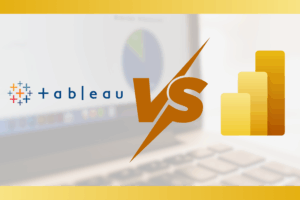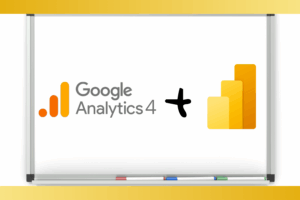Power BI vs SAP Business Objects – choosing the best tool
Companies increasingly face the challenge of choosing the tool that will best support their analytics processes. In environments where data comes from multiple systems – from ERP and CRM to marketing platforms – it is crucial to create a consistent, flexible, and scalable reporting ecosystem. This is why the comparison between Power BI and SAP Business Objects is one of the most frequently discussed topics among organizations planning to develop their Business Intelligence capabilities.



